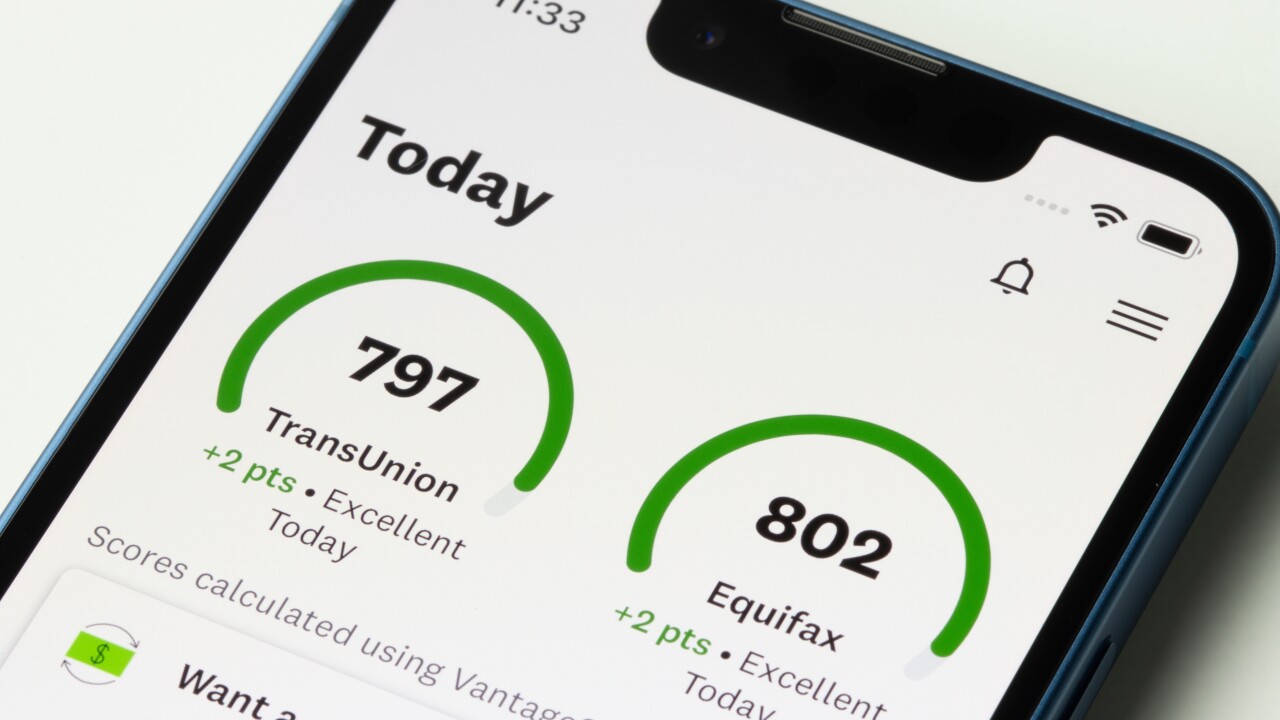
The wider the net you cast when searching for financing, the better. It only makes sense to look beyond your local bank or mortgage company, and one place you may not have thought about is your friendly neighborhood credit union.
Credit unions are no longer the tiny cooperatives they were a generation ago. Back then, an auto loan was about the best you could hope for from one of these petite financial institutions. After all, they had fairly tight membership rules and, therefore, very limited assets from which to lend.
Now they are much larger — the military credit unions like Navy Federal and Pentagon Federal are multibillion-dollar institutions — and much easier to join. And not only do they offer mortgages, but they also are beginning to tap the capital markets for extra money to lend.
Today's
For instance, Pentagon Federal Credit Union, based in Alexandria, Va., reported originating $1.7 billion in first and second mortgages during the first five months of 2015. Annualized, that would come to more than $4 billion of mortgages this year alone.
Fellow military-centric credit union Navy Federal is even bigger. Open to all Department of Defense personnel, the Vienna, Va.-based institution specializes in mortgages as well. The biggest credit union in the world, Navy Fed says it made more than $1 billion in mortgages just in March.
Credit unions made more than 8% of all mortgages last year, according to data from Callahan and Associates in Washington. That's a huge jump in share from the days of your father's credit union.
And they held almost $300 billion in first mortgages as of March 31, according to their federal regulator, the National Credit Union Administration. They also held $72 billion in other real estate loans, mainly second mortgages or home equity loans.
All of these are big numbers. Better yet, membership requirements have been significantly loosened.
Take the Dearborn Federal Credit Union in Michigan, which began life as a co-op for employees and family members of Ford Motor Co. It was started by seven Ford engineers back in 1950. Each of the engineers supposedly forked over five bucks to capitalize the business.
Now, DFCU has 200,000 members and more than $3.5 billion in assets. And you no longer have to work for Ford to belong. The credit union says: "People who reside, work, worship or are enrolled in post-high-school educational facilities in the 68 counties of the lower peninsula of Michigan are eligible to join."
Even that field of membership is flexible. According to the website, "Everyone is welcome, so if you don't qualify under one of these options, please call to learn about other ways you may join."
With its historical connection to Ford, you'd think auto lending would be DFCU's specialty, and you'd be right. But it is a big mortgage lender, too. It had $1.1 billion in mortgage collection rights at the end of 2014 and reported that its mortgage applications doubled last year.
Got 10 bucks? South Metro Federal Credit Union in Prior Lake, Minn., associated with the Shakopee Mdewakanton Sioux community, is open to any tribal member and anyone related to a member. But if you don't belong to that group, don't worry: A $10 donation will get you admitted.
One sign that credit unions are getting serious about mortgage lending is they are starting to participate in secondary mortgage transactions in order to secure more money to lend. For the uninitiated: A primary transaction is when a financial institution makes you a mortgage. In a secondary transaction, your lender sells your note to another financial institution for cash, often selling the right to collect your payments, as well.
A typical secondary-market transaction would be your lender selling your loan to one of the government mortgage agencies like Fannie Mae, Freddie Mac or Ginnie Mae. That way, the lender doesn't have to wait 30 years to get its money back. And as soon as your lender gets the money for your loan, it can relend those funds to other borrowers.
One way to measure credit union activity in the secondary market is to look at who attends the Mortgage Bankers Association's annual secondary mortgage market conference. This year, a record 20 credit union executives attended.
And they showed a variety of approaches. Take the Alaska USA Federal Credit Union of Anchorage, which invests in mortgage-backed securities issued by Ginnie Mae. This year, it is projecting $1.1 billion in mortgages and holds the collection rights to $5 billion in home loans.
Self-Help Credit Union of Durham, N.C., has used secondary marketing to fund mortgages for low- to moderate-income and minority borrowers in partnership with Fannie Mae and the Ford Foundation. Over the last 10 years, it has made $4 billion worth of home loans.
To paraphrase that famous pundit, former Illinois Sen. Everett Dirksen: A billion here, a billion there, and pretty soon it adds up to real mortgage money.
— Mark Fogarty contributed to this report





